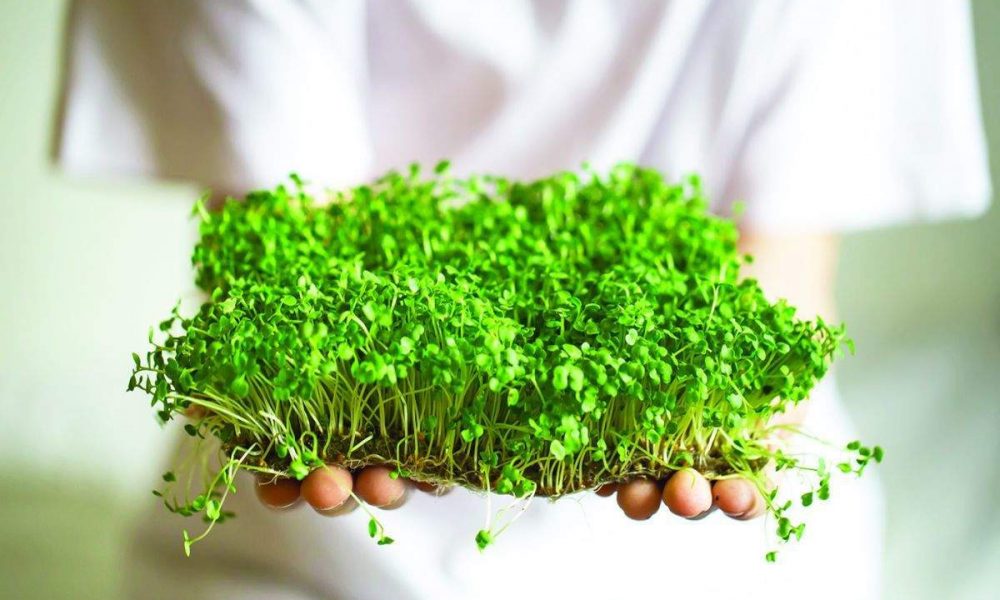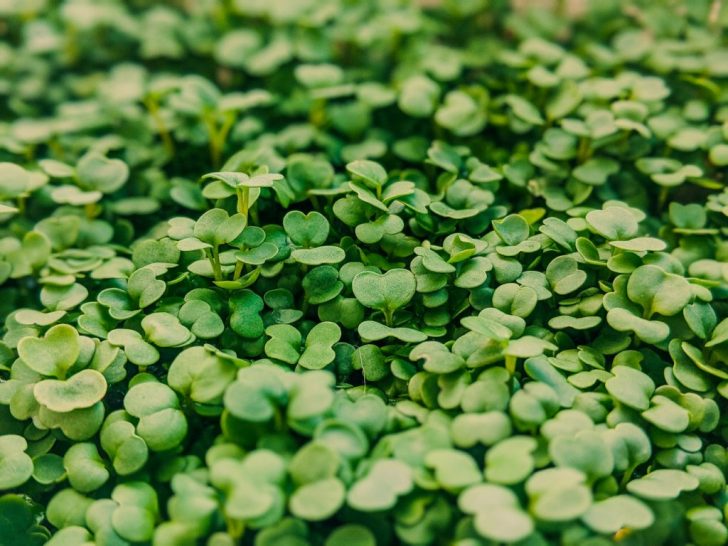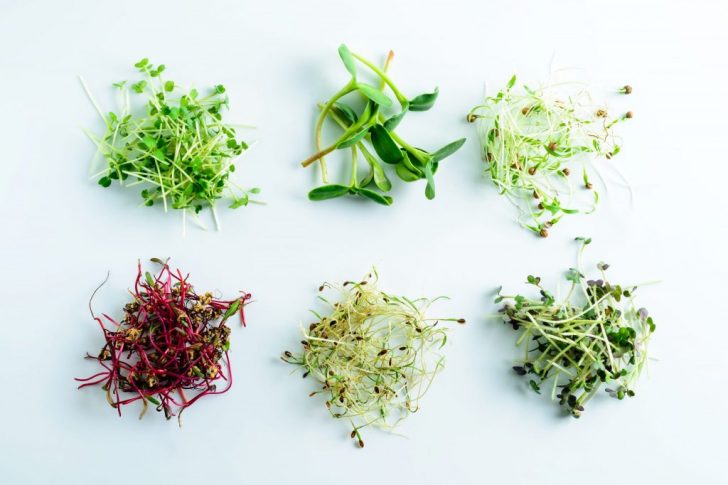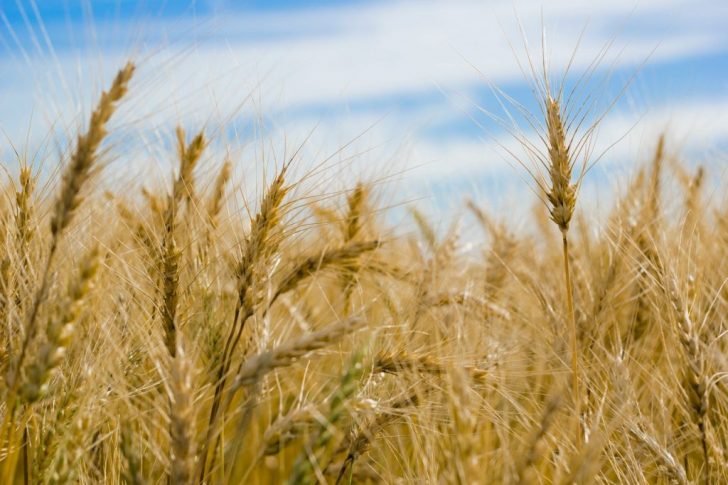
Here’s All The Information You Need About Microgreens

Ever since microgreens were introduced in restaurants in California back in the 1980s, they have gained much fame. These scented greens, also called vegetable confetti or micro herbs, have a rich flavor and volunteer to be the pop of color in many dishes.

Pexels | Don’t underestimate the green by the size of it, because although they aren’t the largest you may find, they often carry nutrient levels that are higher than most vegetable greens
Today we are breaking down all the health benefits of microgreens so you can take maximum advantage of this nutrition powerhouse.
What are Microgreens?
Microgreens are roughly one to three inches and are known to be young vegetable greens. Microgreens fall somewhere in the middle of the baby green plant and sprout, hence, it is given the name of green plants.

Shutterstock | They come in a variety of textures and colors and also contain a concentrated nutrient content
Microgreens resemble more to baby greens with the fact that only the leaves and stems are considered to be edible. However, they are much smaller in size as compared to baby greens and they can be bought before even harvested. You can easily buy the entire plant and cut it at home whenever you want. And don’t worry, they’ll stay alive until they are consumed.
It’s very easy and convenient to grow and take care of a microgreen. You can grow them in various places such as a windowsill, outdoors, or a greenhouse.
Types of Microgreens
There are many seeds through which microgreens can be grown.
The most known microgreens are produced by using seeds from plant families such as:
- Asteraceae Family – endive, lettuce, radicchio, and chicory.
- Brassicaceae Family – broccoli, cabbage, cauliflower, radish, watercress, arugula.
- Amaranthaceae Family – spinach, quinoa swiss chard, amaranth, and beet.
- Apiaceae Family – carrot, celery, dill, and fennel.
- Cucurbitaceae Family – squash, melon, and cucumber.

Pexels | Some cereals are grown into microgreens as well, which include oats, rice, wheat, barley, and corn; and even some legumes like lentils, chickpeas, and beans
Nutrients in Microgreens
Microgreens contain a heavy variety of nutrients.
It is a fact that microgreens’ nutrient content varies just a tad bit. But for the most part, all microgreens include richness in potassium zinc, copper, iron, magnesium. Microgreens have concentrated nutrient content which means that they often consist of higher levels of minerals, vitamins, and antioxidants, than mature greens that are of the same quantity.
More in Health & Well-being
-
`
How to Prepare for All You Can Eat Sushi Buffets – Tips & Tricks
Are you ready to enjoy a sushi buffet and make the most out of your dining experience? If you’re a sushi...
August 9, 2024 -
`
How Does the Brain Play Into Mindset? The Power of the Mindset
How does the brain play into mindset? Within the brain lies the foundation of our mindset, shaping our perceptions and guiding...
August 3, 2024 -
`
How Often Should You Meditate to Achieve Your Goals
How often should you meditate to achieve its benefits? This question is often asked by those looking to incorporate this practice...
July 25, 2024 -
`
How to Be a Better Wife? 10 Essential Tips
Marriage is a beautiful journey, a tapestry woven with moments of joy, tenderness, and perhaps even a few snags along the...
July 19, 2024 -
`
The Best Quotes About Shadow Self You Need to Read
The journey of self-discovery is incomplete without acknowledging the parts of ourselves that lurk in the dark—the shadow self. “Owning Your...
July 12, 2024 -
`
How to Make Your Wife Happy and Strengthen Your Bond
You’ve probably heard the age-old advice, “Happy wife, happy life.” But what does it really mean to make your wife happy?...
July 5, 2024 -
`
Top 6 Best Beaches in Lake Tahoe You Should Not Miss
Lake Tahoe is a gem nestled in the Sierra Nevada mountains, boasting some of the most breathtaking beaches you will ever...
June 28, 2024 -
`
6 Practical Ways of Using Social Media Less & Be More Productive
In today’s digital age, knowing how to spend less time on social media is a game-changer. Social media, though engaging, can...
June 20, 2024 -
`
How to Overcome Fear: Expert Tips and Advice
Feeling overwhelmed by fear and anxiety is a common human experience, one that often leaves us feeling trapped and uncertain about...
June 13, 2024















You must be logged in to post a comment Login